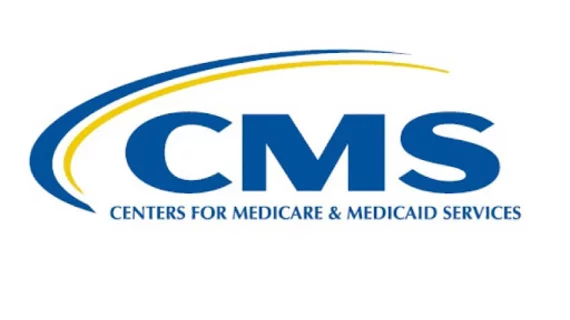CMS policy to reduce hospital-acquired infections has minimal impact on reimbursement
A decade ago, CMS enacted Hospital Inpatient Prospective Payment System (IPPS), a policy that penalizes hospitals for hospital-associated conditions (HAC) not present during admission. Recent research published in Infection Control & Hospital Epidemiology has shown the program has had minimal impact on hospital reimbursement.
The researchers also found associated billing codes were “rarely used” by hospitals for HAC. When they were used, the codes had minimal impact on the diagnosis-related group or hospital reimbursement.
“With this policy, CMS was hoping to see more attention paid to improving quality care, but it appears that the original HAC policy mostly led to changes in coding practices," said lead author Michael S. Calderwood, MD, MPH, of Dartmouth-Hitchcock Medical Center in a prepared statement from the Society for Healthcare Epidemiology of America. "It's worth further investigation to determine whether Medicare reimbursement codes are being incorrectly used, or if there is now a greater effort to document conditions at the time of the patient’s admission."
In 2008, the IPPS policy stopped reimbursing hospitals and providers for HAC not present at admission. The cost of infections acquired during the patient’s stay was the responsibility of the provider. This was intended so hospitals would tighten infection prevention. However, previous researchers found that providers coded HAC’s as “present on admission (POA).”
The researchers analyzed more than 65 million Medicare fee-for-service hospitalizations over a four-year period. They assessed at how central line-associated bloodstream infections (CLABSI) and catheter-associated urinary tract infections (CAUTI) were coded and if those codes were labeled as POA.
Calderwood and colleagues found CLABSI and CAUTI impacted 0.23 percent and 0.06 percent of hospitalizations, respectively. In the three years post IPPS implementation, those rates increased significantly as 82 percent of CLABSI codes and 91 percent of CAUTI codes were designated as POA.
Finally, the researchers noted, for the small numbers of CLABSI and CAUTI coded as not POA, financial impacts were detected in only 0.4 percent of the hospitalizations with a CLABSI code and 5.7 percent with a CAUTI code.
There were some limitations listed by the researchers. They analyzed data only through 2011. They assumed diagnosis codes in the Medicare claims to be true. They also noted non-device-associated infections could have been mistakenly coded as CLABSI or CAUTI. And the researchers only included hospitals that were subject to IPPS rules, which excluded cancer hospitals that may have a potentially higher risk of both CLABSI and CAUTI.

